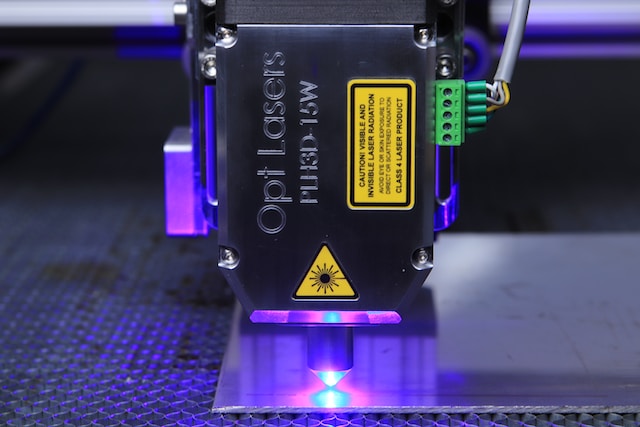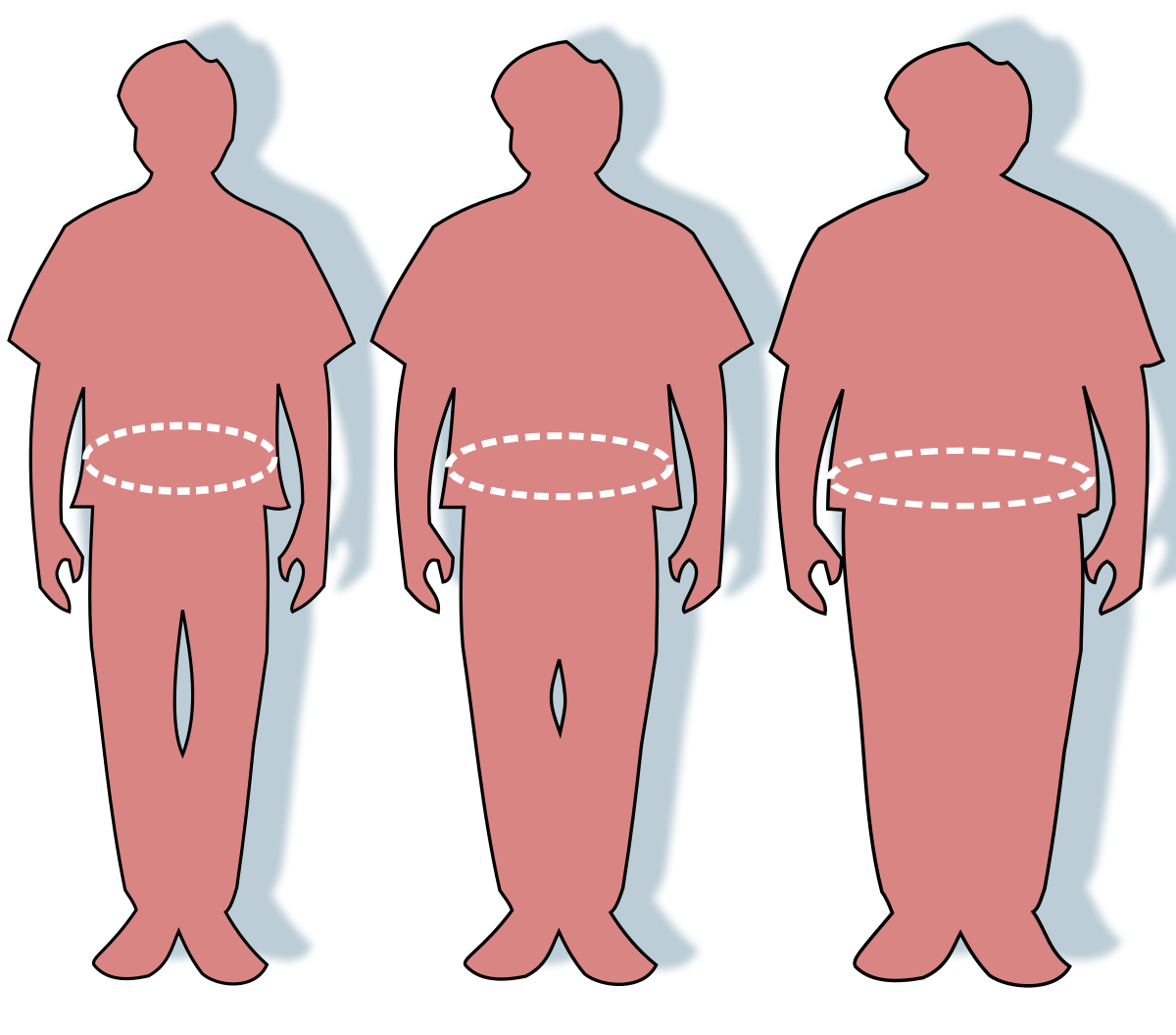Optical character recognition services are essential in the digital age due to the ever-growing quantity of physical documents that must be processed and controlled in financial organizations. There is a need for accurate statistics extracted from those documents is vital for organisations throughout diverse industries. OCR technology has successfully transformed report processing. Modern OCR systems use the latest technologies, enabling organizations to extract valuable information from paper-based to PDF files with enhanced accuracy and efficiency. This technology removes the time-consuming data entry process, taking into account efficient digital record evaluation by automating the conversion of published or handwritten text into editable formats. OCR solutions improve record accuracy, enhance productivity, and seamlessly integrate with different systems. It is apparent that OCR technology is vital for access control in this present world. This article will explore the benefits, applications, and improvements of OCR machine learning and how it’s changing numerous industries.
OCR Machine Learning: A Brief Overview
OCR machine learning is the latest technology that utilizes artificial intelligence (AI) algorithms to understand and extract textual content from pictures or scanned documents. It converts the text into editable and searchable statistics. This information lets companies automate report processing and streamline workflows. Unlike conventional OCR systems, which depend upon predefined templates and policies, OCR machine learning algorithms can adapt and improve their accuracy over the years via non-stop training on massive datasets.
Advantages of OCR Machine Learning
Implementing OCR gadget learning offers numerous benefits for businesses:
Performance
OCR system considerably reduces data statistics access, allowing faster report processing and reducing human mistakes. Accuracy Machine-learning algorithms continually improve their accuracy by analyzing data from records, resulting in better textual content recognition and text extraction precision.
Cost Effective
By automating record processing, companies can save time and resources formerly spent on manual data entry responsibilities.
Data Accessibility
OCR character reader makes searching, examining, and retrieving information from massive volumes of files less complicated, enhancing decision-making techniques.
Applications of OCR Machine Learning Across Industries
OCR generation has numerous packages throughout specific industries, which include:
Finance
Banks and economic establishments use OCR solutions to extract statistics from invoices and receipts. It enables organizations to lessen processing time and enhance accuracy in loan applications and fee management. Healthcare
OCR machine learning allows healthcare companies to digitize patient statistics, extract applicable information, and facilitate smooth access to clinical histories, enhancing patient care and decreasing administrative burdens.
Retail and E-trade
OCR machine knowledge enables streamlined stock management, automates invoice processing, and enhances consumer revelry via quicker order fulfillment and accurate product record extraction.
Legal Firms
Law companies can leverage OCR gadgets to test and extract records from legal files, contracts, and case documents. It allows organizations to shop records for prison seek and consumer due diligence.
Government
OCR system studies can assist government organizations in digitizing and extracting data from paper-primarily-based documents, enhancing citizen services, and improving fact-driven selection-making.
Technology Advancements in OCR Machine Learning
OCR machine learning technology has seen significant advancements in recent years.
Deep Learning
Deep learning algorithms, including convolutional neural networks (CNNs), have revolutionized OCR accuracy by permitting the popularity of complex patterns and systems in images.
Natural Language Processing (NLP)
Integrating NLP strategies with OCR machine learning allows for the extraction of contextual meaning from textual content, permitting more flexible text evaluation and interpretation of data files.
Multiple Language Support
OCR systems use machine learning algorithms to understand and extract textual content from documents in multiple languages, enhancing business operations worldwide.
Handwriting Recognition
OCR system mastering algorithms are getting increasingly adaptable at spotting and extracting text from handwritten files, expanding today’s digital era.
Conclusion
OCR machine learning has transformed data processing by providing organizations with accuracy and efficiency in financial reporting. By automating text extraction from picture text to virtual documents, OCR system studies permit companies to streamline workflows. It improves decision-making and enhances customer experiences. Advancements in deep knowledge of NLP, supporting multiple languages, and handwriting recognition have further elevated the skills of the OCR software, making it flexible across industries. Due to technological advances, companies continue to adopt this technology to revolutionize data processing and drive innovation in numerous sectors.







